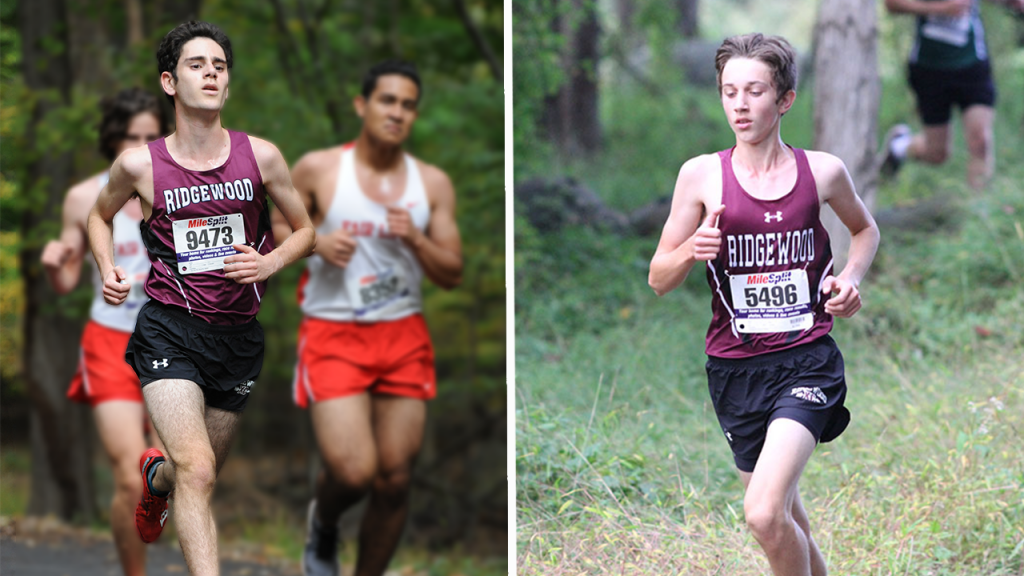Ridgewood High School students are exposed to a myriad of sports teams that vary in talent and experience. Unlike many high schools in New Jersey and even Bergen County, RHS offers Freshman, Junior Varsity, and Varsity teams to divide athletes based on their skills and performance. Given the different nature and atmosphere of each team, many students wonder where the line is drawn between the experience that each provides. It may seem obvious that varsity athletes almost always exhibit the talent, skills, and determination needed to effectively compete in game-time scenarios, but the answer is not always that simple. Many argue that any athlete can be shaped into an ideal varsity athlete. Others believe that some coaches place students on teams to merely “complete the roster” based on grade level. The lack of clarity leaves many people with questions pertaining to what they can do to meet the varsity standards and how a simple factor such as age can be a large factor.
Many coaches at RHS believe that the junior varsity level is a “middle ground” between freshman and varsity, and some view it as a developmental period for athletes who simply did not make the varsity cut. Across the board, many JV teams at RHS consist of sophomores with some freshman and juniors filling the remaining spots. This uneven ratio causes many sophmores to feel that they will automatically be placed on JV regardless of their skill level. While this may not be entirely true, the stigma around being placed on a JV team heavily influences the mindset athletes have towards tryouts.
The distinction between JV and varsity is also apparent due to the level of recognition each team receives in terms of their image and fans. Varsity appears to be more popular than JV since the higher skill level may make games more enjoyable to watch, and the varsity season is longer so there are more games to attend. Esme Morcom, a junior who recorded the stats for the RHS wrestling team stated that “The JV matches were less intense, and the setting was more laidback so athletes felt less pressure from the team and crowd. When the varsity match would start, the mood drastically changed and it felt like a totally different environment” since the varsity level is associated with stronger skills. Nonetheless, many athletes at the JV level believe they deserve the same recognition as varsity players.
Sophomore Emily Rau, who has played on the junior varsity soccer, basketball, and lacrosse teams shared that “it all depends on who was previously on varsity because if the team is mostly made up of seniors that leaves only a few spots for other people. This is why teams constantly differ and most sports have different grades on different teams; it’s all dependant on the previous year’s teams.” This is an additional factor in the process of making teams and determine who deserved to be placed on varsity instead of JV.
Despite many opinions and beliefs about the requirements for junior varsity and varsity, it may come down to level of commitment and enthusiasm. In fact, grade level and age have a minimal effect on skill level and talent which is why we see younger players often starting at a higher level. Regardless, any athlete trying out for a sports team should disregard previous mindsets about their fate. Any athlete has the potential to achieve greatness, and they can be greatly benefitted if they express such an ambition to their coaches. The line between JV and varsity may be uncertain, but it should be clear that every athlete has the ability to decide their future path if they’re resilient, dedicated, and passionate about their sport.
Correction: The April print issue of this article (Volume LXXXV No. 3) incorrectly reversed the order of the people present in the graphic. The correct order is Luca Richman (left) and Frank Orlando (right).
Emily Sue
staff writer
Graphic: Luca Richman

